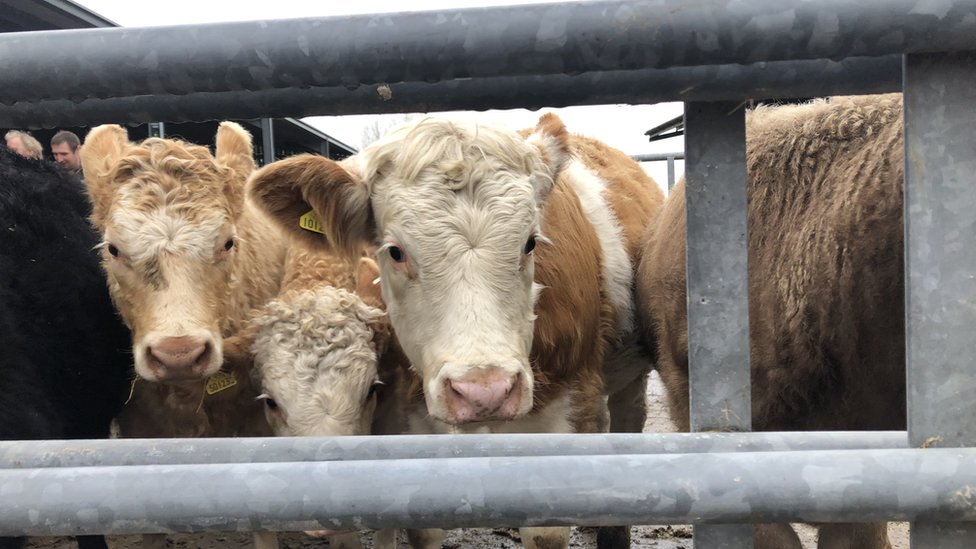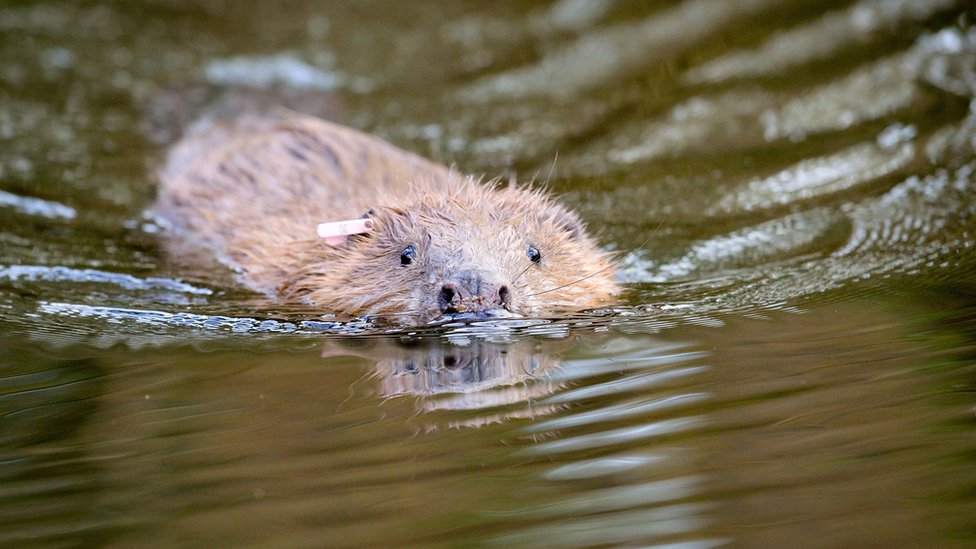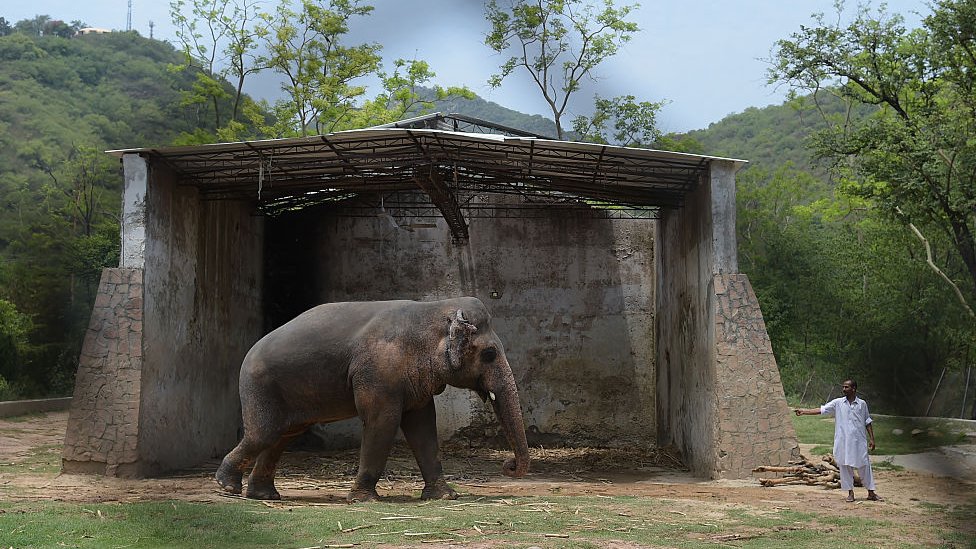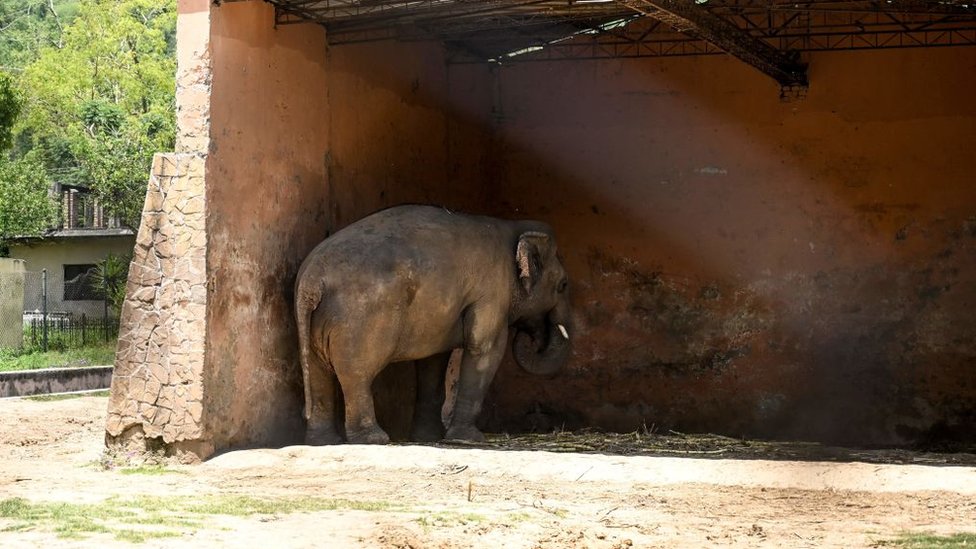November 20th, 2020 - Austin, Texas
The Anomaly Archives presents...
STREAMATHON-2020
Emergency Fundraiser Event Series

Streaming-Live
@ our YouTube channel and
@ our Facebook page
IT'S FINALLY HERE... the Anomaly Archives is launching a marathon series of FREE streaming "Virtual-Conference" fundraisers Beginning Tomorrow Afternoon, Saturday, November 21st, at 1pm CST. This FREE STREAMATHON EVENT SERIES
will be held every Saturday until the end of 2020. We are raising funds
(our $20k annual budget) to ensure our continued survival
and residence at our current location, into 2021 and beyond. We're
drawing together researchers from all corners of the Esoterica realms:
Anomalistics, Cryptozoology, Forteana, Parapsychology, and Ufology.
We'll be streaming many hours of great content covering these and other
fields of inquiry. We'll be sharing a sort of "Fabulous Fortean Film
Festival" evening, Plus Music and MORE! All in an effort to raise funds
for our 501(c)3 nonprofit community organization to survive the
circumstances created by this terrible Covid-Crisis.
You can watch this FREE FUNDRAISER content
@ our YouTube channel and @ our Facebook page
See all the details at our website: www.AnomalyArchives.org
In this edition of the weekly Anomaly Archives eNewsletter, we have
information on tomorrow's Saturday-Streamathon Event-Schedule
and Speaker-Bios and MORE!
Please Consider Supporting the Anomaly Archives with a
Recurring Monthly Donation or One-Time Donation
PRESENTER LINEUP:
Matthew
Alford, Tim Binnall, Greg Bishop, Walter Bosley, Loren Coleman, Joshua
Cutchin, Susan Demeter, Zelia Edgar, Ken Gerhard, Robbie Graham, Joseph
Green, Aaron Gulyas, Micah Hanks, Michael Hughes, Daniel Alan Jones,
Paul Kimball, Steve Kohlhase, NK Kranda, Susan Lepselter, Dr. Greg
Little, David Perkins, Stephanie Quick, Saul Ravencraft, Brent Raynes,
Miguel Romero, Chris Rutkowski, Paul Smith, Tui Snider, Professor WHAM,
Don Webb, Naomi & Richie West, Craig Woolheater
… and Special Guests.
SMiles Lewis / Founder
AnomalyArchives.org
SMilesLewis.com
Anomaly Archives & INACS (Map)
Anomaly Archives
55 North IH-35, Suite 260 – And BEYOND!
Austin, TX 78702
(512) 842-9046 / EMAIL














 The Anomaly Archives Weekly Email Newsletter
The Anomaly Archives Weekly Email Newsletter
